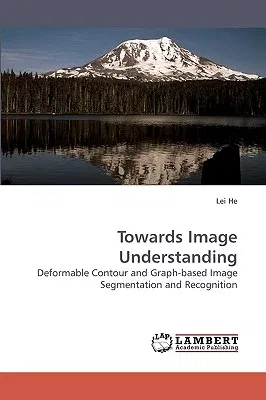Lei He
(Author)Towards Image UnderstandingPaperback, 20 October 2009

Qty
1
Turbo
Ships in 2 - 3 days
In Stock
Free Delivery
Cash on Delivery
15 Days
Free Returns
Secure Checkout
Print Length
164 pages
Language
English
Publisher
LAP Lambert Academic Publishing
Date Published
20 Oct 2009
ISBN-10
3838318439
ISBN-13
9783838318431
Description
Product Details
Author:
Book Format:
Paperback
Country of Origin:
US
Date Published:
20 October 2009
Dimensions:
22.86 x
15.24 x
0.97 cm
ISBN-10:
3838318439
ISBN-13:
9783838318431
Language:
English
Location:
Saarbrucken
Pages:
164
Publisher:
Weight:
249.48 gm

